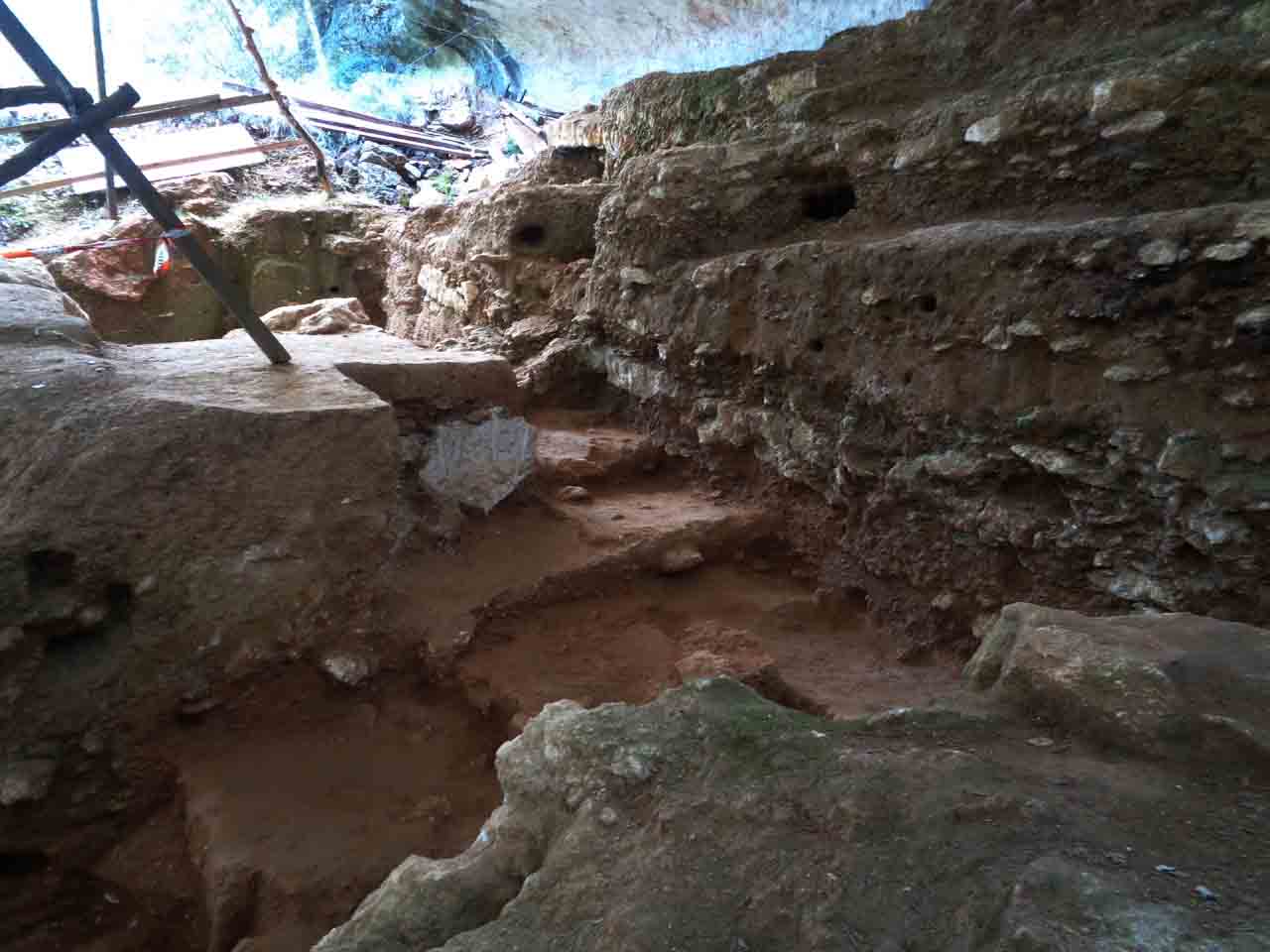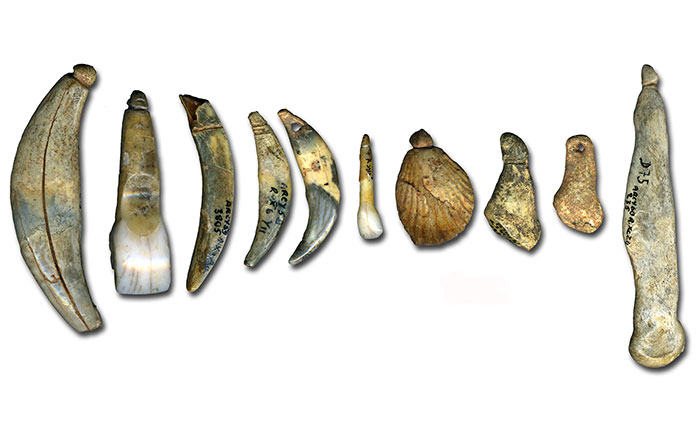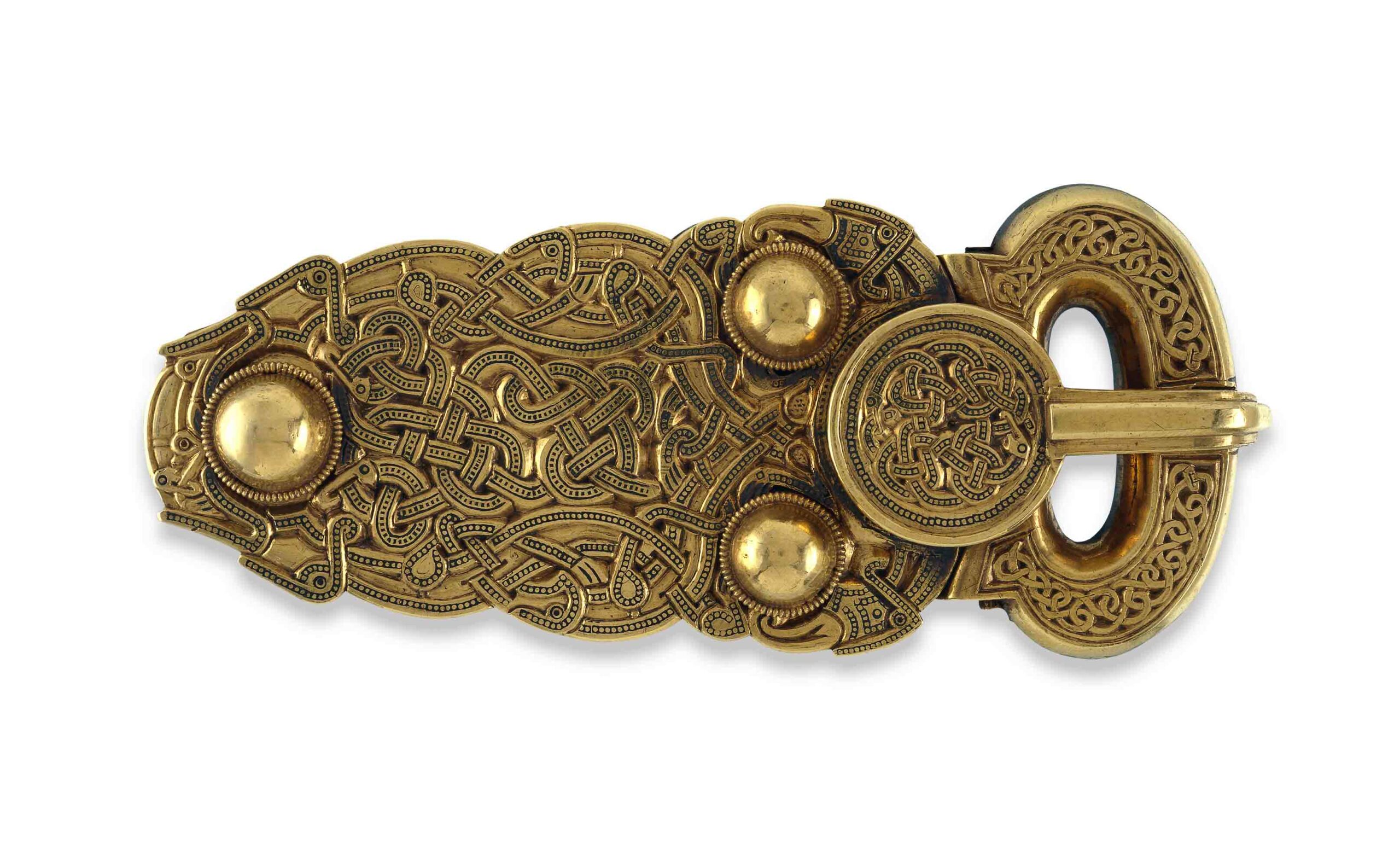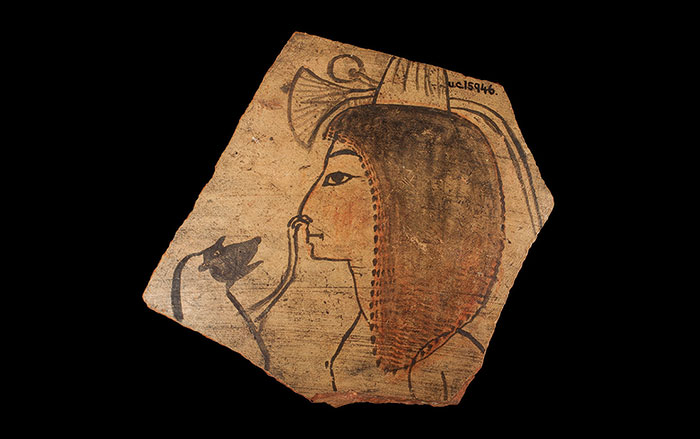
MONTREAL, CANADA—A bone tool from the Grotte du Bison at Arcy-sur-Cure in France is further evidence that Neanderthals had abilities usually attributed solely to modern humans, according to Luc Doyon of the University of Montreal. Made from the left femur of an adult reindeer, the tool is between 55,000 and 60,000 years old, and bears marks suggesting that it was used for butchering meat and fracturing bones, and as a scraper and sharpening tool. “The presence of this tool at a context where stone tools are abundant suggests an opportunistic choice of the bone fragment and its intentional modification into a tool by Neanderthals. It was long thought that before Homo sapiens, other species did not have the cognitive ability to produce this type of artifact. This discovery reduces the presumed gap between the two species and prevents us from saying that one was technically superior to the other,” Doyon said. To read more about our close cousins, see "Should We Clone Neanderthals?"









